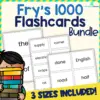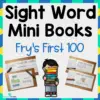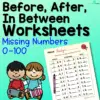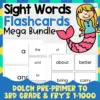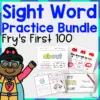One of the important science lessons is the five senses. It teaches children how our body enables us to process different information based on what we touch, hear, see, taste, and feel.
Use children’s literature as part of the lessons together with the intended activities to make it fun and interesting for children. Check out our ten engaging books for this theme.
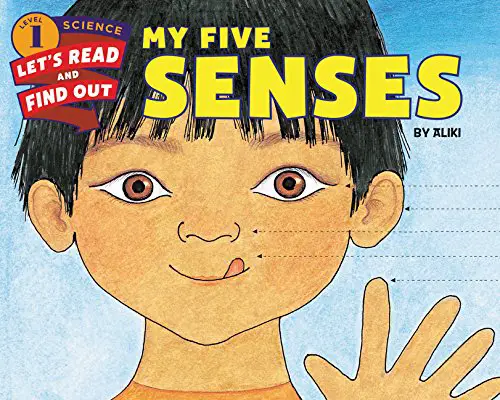
Awareness is the key theme of “My Five Senses (Let’s-Read-and-Find-Out Science 1)” by Aliki. This book is an excellent introduction to the topic during a science lesson.
It teaches children the five senses, the sense organs, how information is acquired, and the number of senses used in a specific activity.
In the classic Aliki way of telling stories, using simple sentences, the book explains that the eyes are used for seeing, the nose for smelling, the ears for hearing, the tongue for tasting, and the hands for touching.
Children are taught that a sense organ is working in simple activities, such as looking or staring. Often, children may not take the time to think about these actions.
But as explained, most of the time, the five senses are at work.
The book also mentions that in some activities, such as looking at an object, only one sense organ is used. While in others, such as playing with a pet, several sense organs are used.
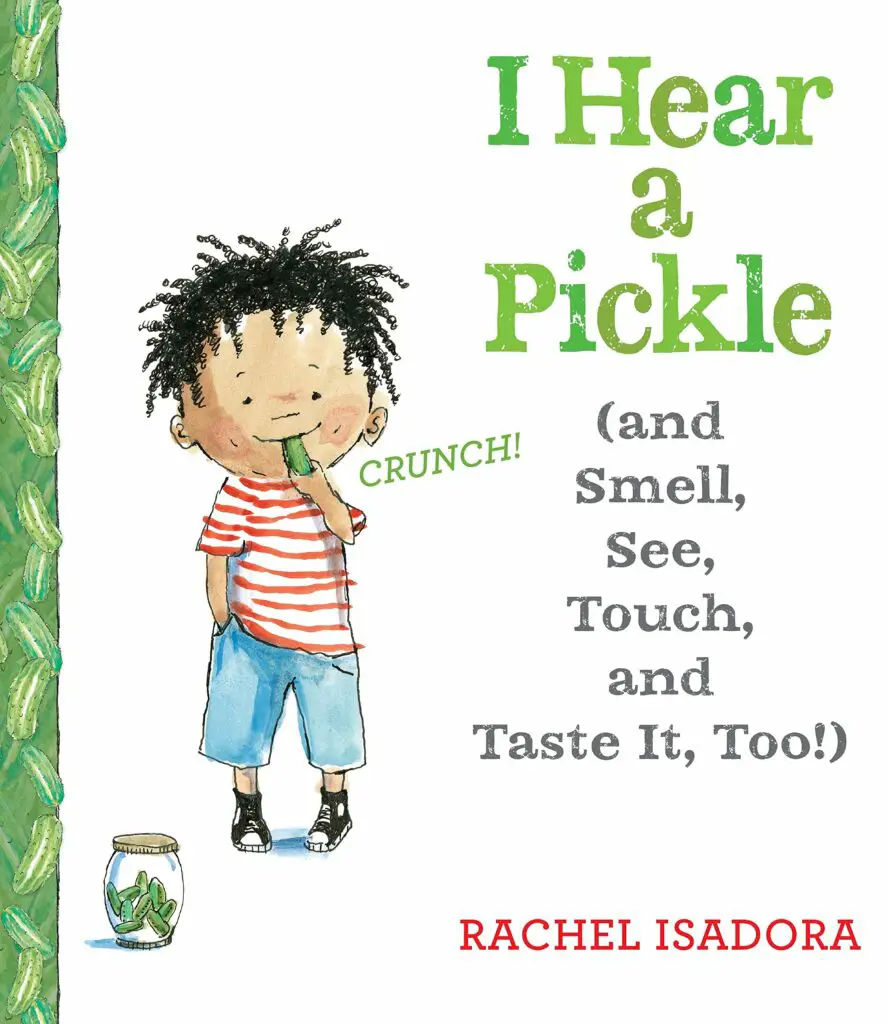
An unusual way of explaining what the five senses are, “I Hear a Pickle: and Smell, See, Touch, & Taste It, Too!” by Rachel Isadora presents not just what and how but also when the different senses are in operation and when are they not.
Using simple sentences is a great science lesson that explains which activities a particular sense organ is operational.
This book helps children not only understand the topic but also allows them to discriminate which sense organ is active based on what they are doing.
For example, children can hear a bee buzzing, a bird chirping, the waves of the sea, and music. However, crawling worms on the ground and the snow falling cannot be heard.
It also explains and categorizes different information, such as how the sense of smell can tell good and bad odors. For example, soap, perfume, and bread are good. Poop, smelly sneakers, and stinky cheese are bad.
It also mentions that when one has a cold, the sense of smell is not working. Other senses are also explained similarly, emphasizing what is obvious and what is not.
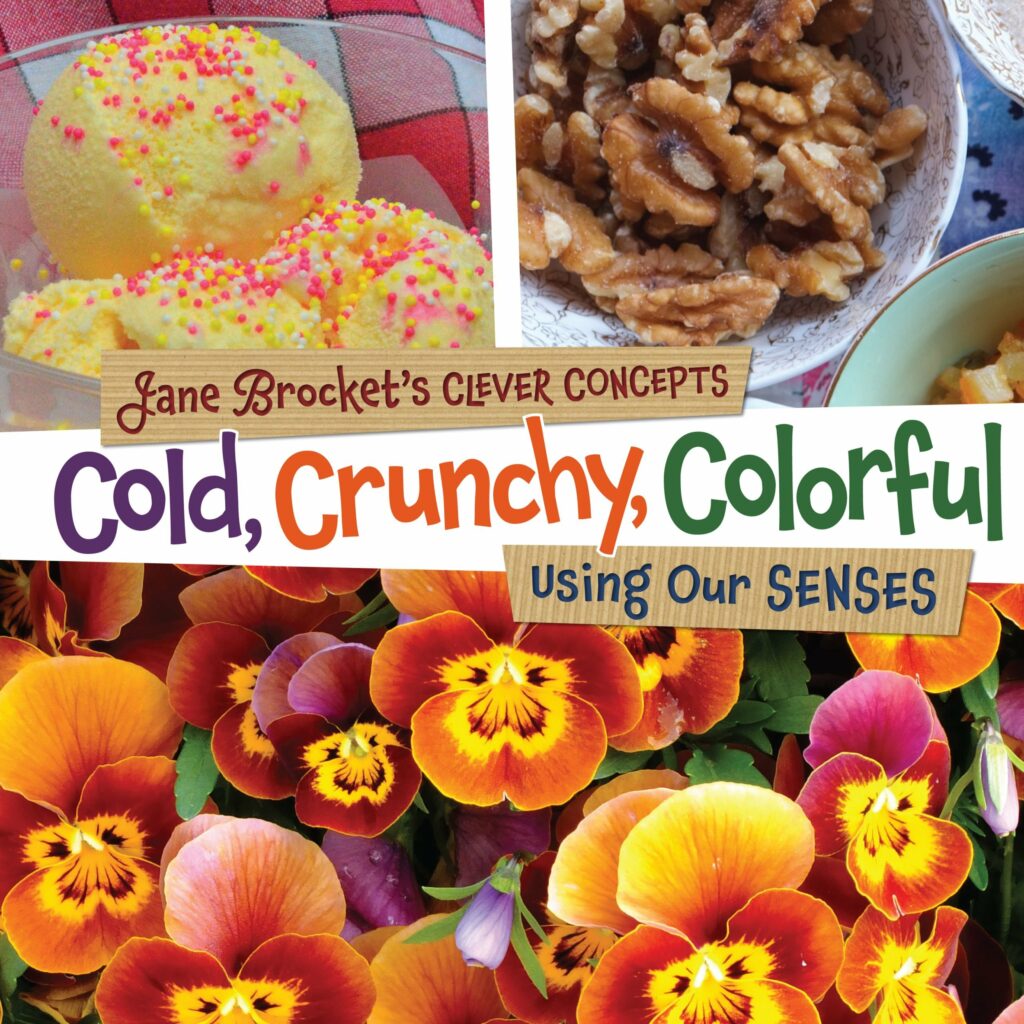
“Cold, Crunchy, Colorful: Using Our Senses” by Jane Brocket is presented uniquely and efficiently relatable manner using real-life pictures.
This book is a great companion for science lessons. It is also a great way to increase vocabulary and improve oral language skills through additional exercises.
Provide opportunities for the practice among children according to how the author chained words together. Use two or more descriptive words to describe a picture based on the senses.
Provision for sentence structure may be necessary for younger children. For example, “The toothpaste is cool and minty” or “The fish is oily and salty.”
It is noticeable how the author intentionally used words associated with the sense. For example, the terms notice, read, and find are used instead of just using the word “see” for the sense of sight.
Many of the pictures use specific descriptions that children can relate to. Some of these are cozy socks, hard pebbles, and grainy sand for the sense of touch.
For the sense of sight, the author also focused on the objects and other features such as colors, patterns, and shapes.
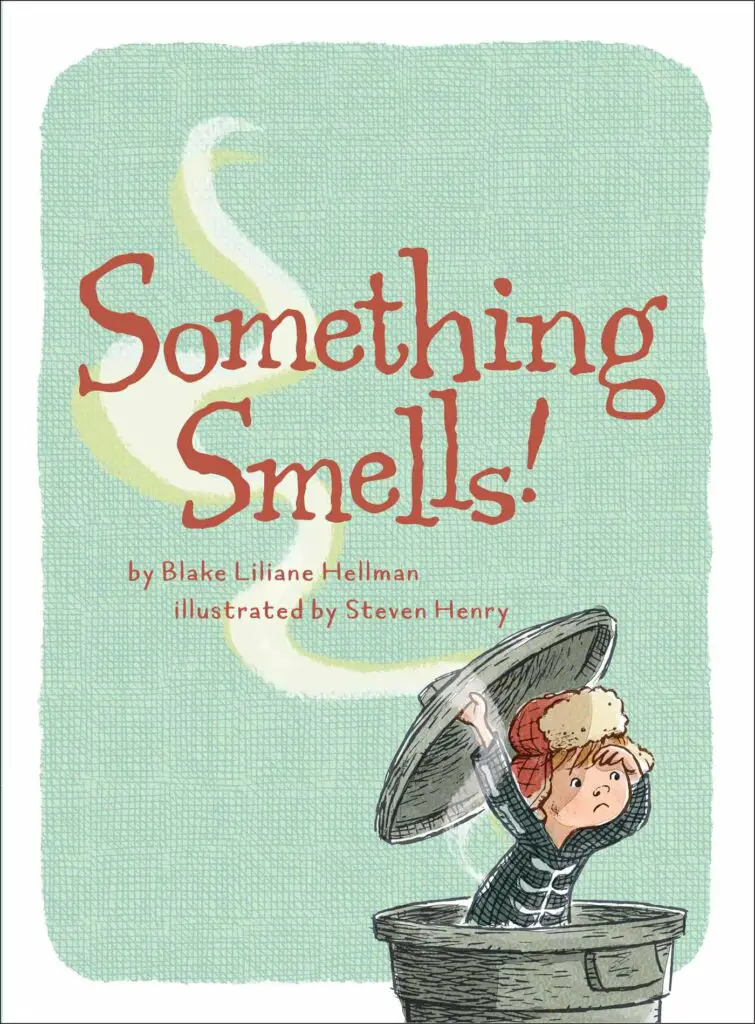
This is a delightful story about a boy trying to solve the stinky mystery that haunts his nose. “Something Smells!” by Blake Liliane Hellman tells about finding the cause of his concern by exploring his sense of smell.
Elliot sniffed and smelled everyone in the family, including the baby’s diaper, his younger sister, and his father. He also sniffed the family’s pets. He suspected many different things, such as the trash and even his grandma’s soup.
However, he never figured out the cause of the terrible smell, only that it suddenly disappeared after his mom forced him to take a bath and change his skeleton costume to his other favorite, the sea monster pajamas.
This book is a great companion for a science lesson. Have a mystery scent activity, perfect for exploring the sense of smell.
Children may be blindfolded as they take turns guessing a scent. Use everyday and available items with strong odors, such as coffee, banana, apples, vinegar, etc.
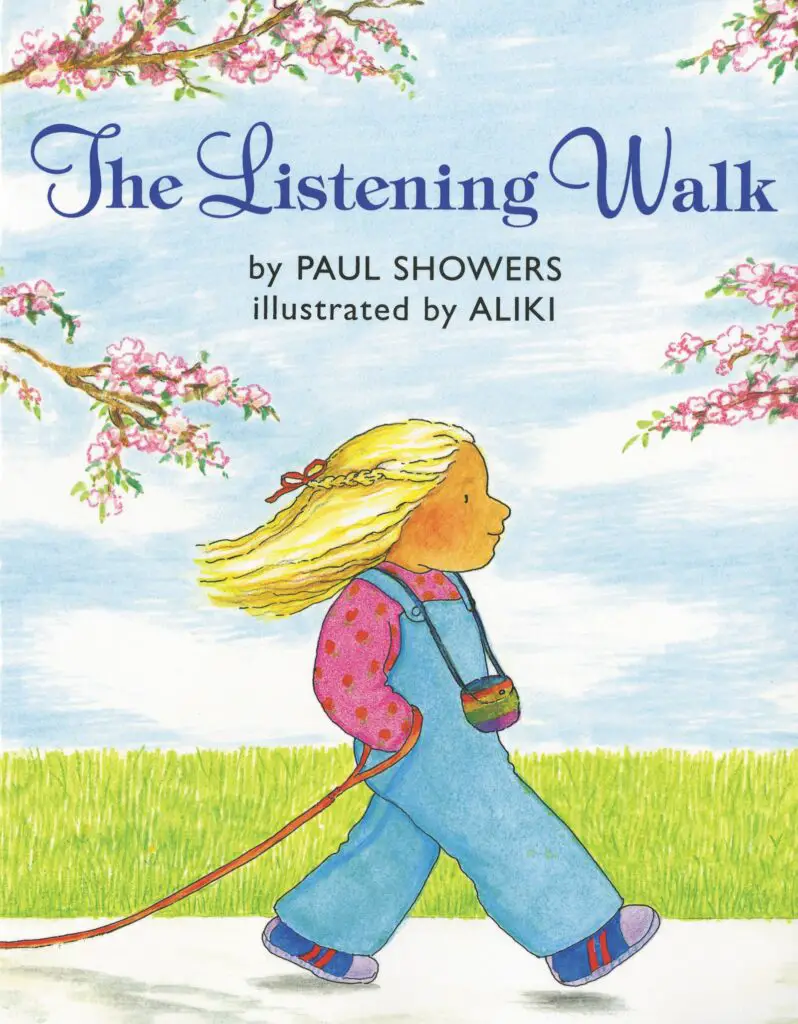
Have you ever tried going on a listening adventure? That is what the girl in the book “The Listening Walk” by Paul Showers did. She took her dog for a walk with her dad and paid attention to the different sounds around her.
This wonderful science activity can be replicated during a nature walk. Children may learn to be still, listen to sounds, and improve their auditory skills.
Have the children play a treasure hunt game of sounds. A list of sounds, such as birds chirping or dogs barking, may be given. They can tick off the sounds that they hear from the list.
Teach children to discriminate sounds just like in the book. The girl was able to differentiate the sounds of cars. She could tell those old cars were noisy and newer ones were not.
Let them identify sounds that are loud and soft. They can also mention sounds people make, like when the girl’s dad walks. She noticed the difference in the sounds his shoes make on the sidewalk compared to the park.
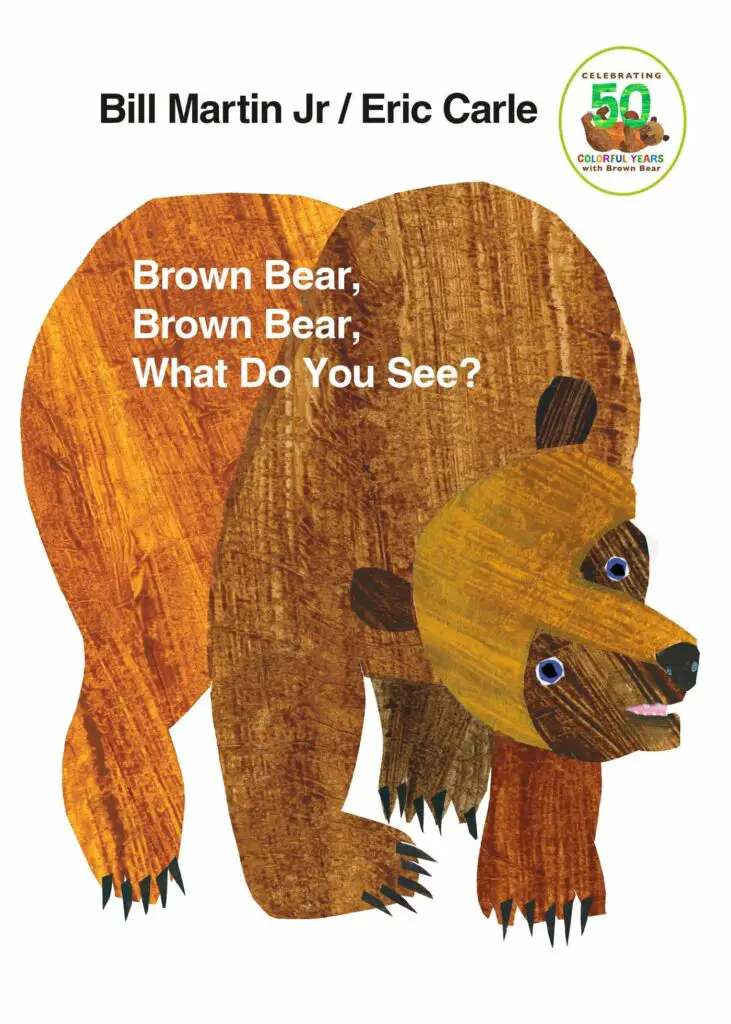
This classic book helps children process different visual information. “Brown Bear, Brown Bear, What Do You See?” by Bill Martin is a great book to teach children color recognition.
Go beyond just naming the colors with this book. Use it to teach color schemes, point out the pictures in the book, and compare how the colors have changed.
For example, point out the illustration of the bear and show children how the brown color varies. Some parts have lighter brown, while others are darker.
Teach children some art lessons by mixing colors to make a lighter or darker shade. Another way is to use colored pencils for shading. Show children that less pressure creates lighter shade and vice versa.
There are ideas presented in the book that may not be accurate in real life, such as the blue horse and the purple cat. Ask children to provide possible colors based on what they know.
Show children that other animals are not limited by the colors suggested in the book. For example, ducks are not just yellow.
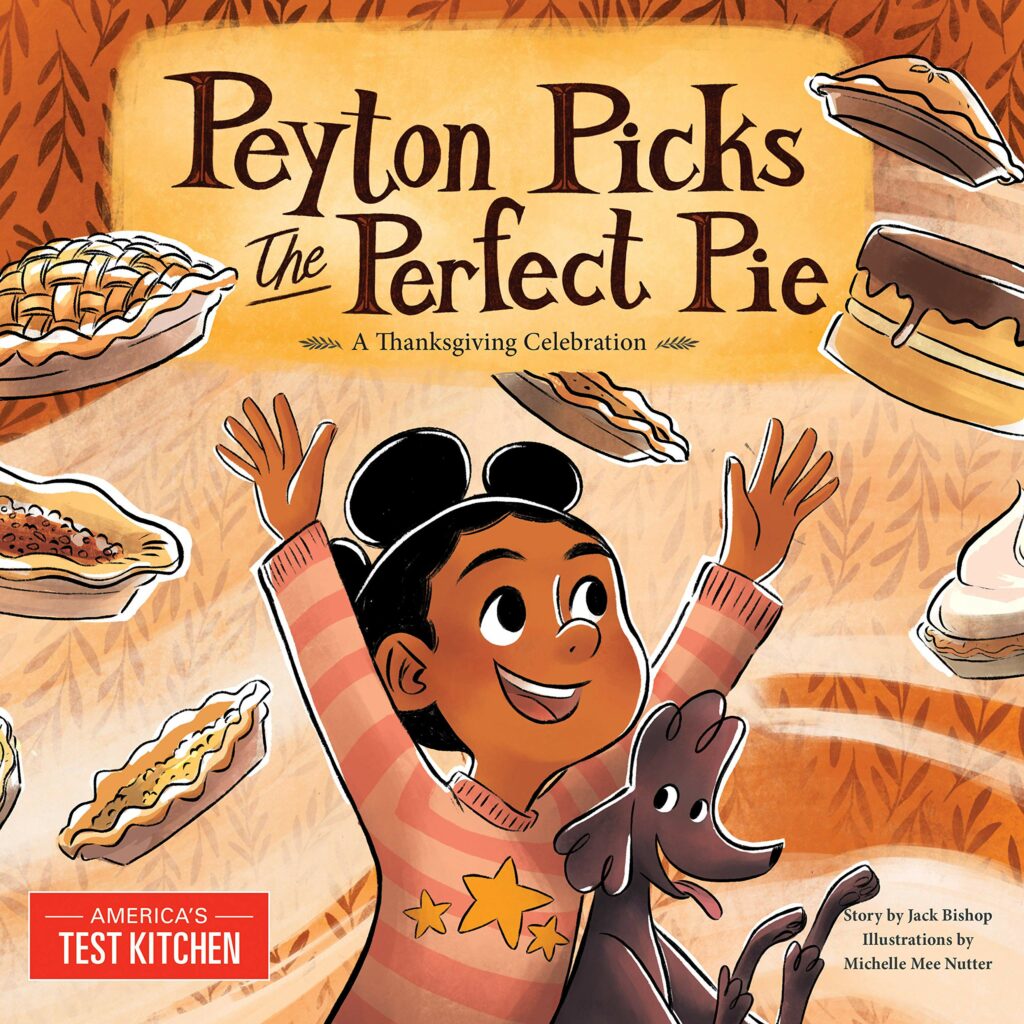
“Peyton Picks the Perfect Pie: A Thanksgiving Celebration” by America’s Test Kitchen Kids is about a girl named Peyton who has a dilemma of choosing which pie she should try on Thanksgiving dinner.
Children can relate to Peyton’s issues about trying new foods. Aside from learning about the sense of taste, this is a great book that teaches social-emotional learning among children.
Discuss how, although hesitant and anxious about the numerous pies available, Peyton was brave enough to try them. She ended up enjoying the new experience and even asked for seconds.
Use this book for a science activity on different tastes and textures of food. Show pictures of various edibles, including vegetables and fruits. Ask children to categorize the food based on tastes, such as sour, sweet, bitter, and salty.
Encourage children to group the pictures according to textures, such as crunchy, sticky, gooey, flaky, chunky, and juicy.
Extend the activity by having children create a journal or diary of their weekly food intake. Discuss the taste and textures of these foods.
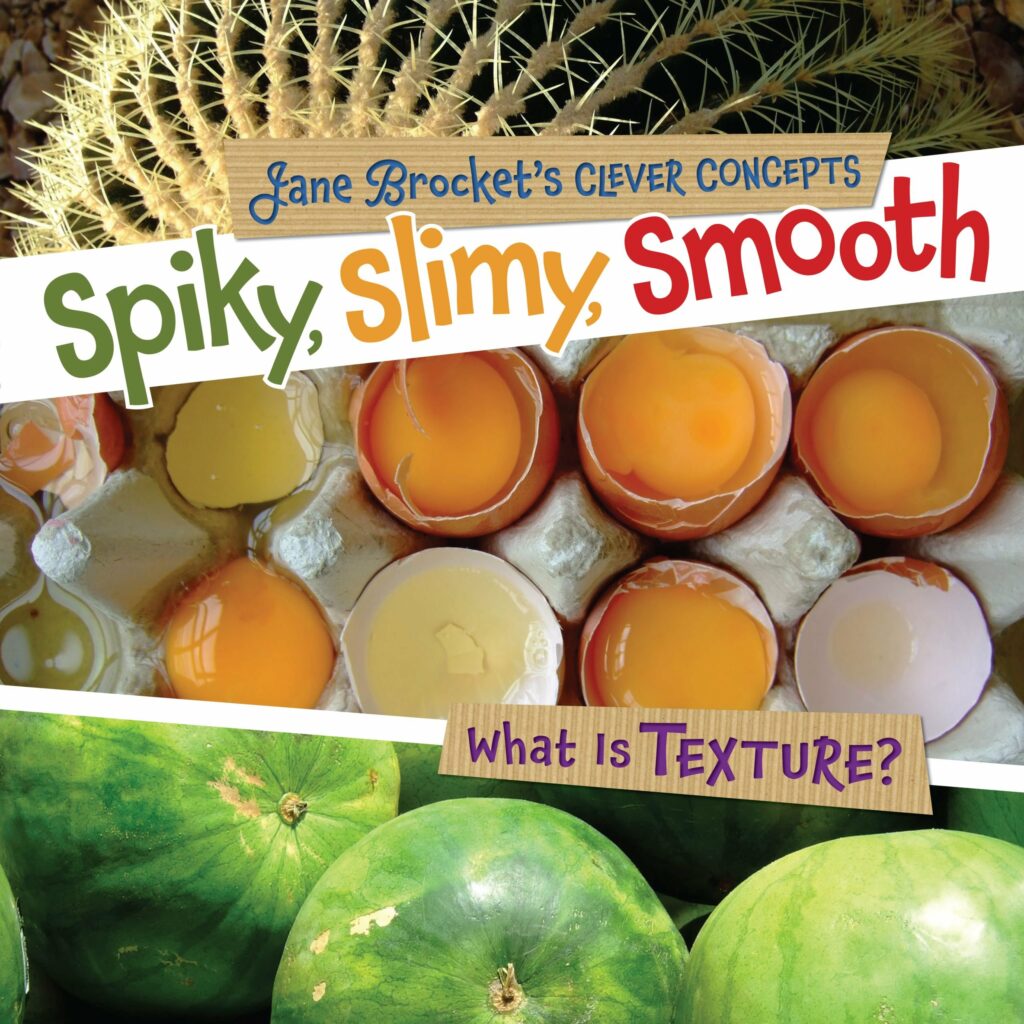
“Spiky, Slimy, Smooth: What Is Texture?” by Jane Brocket explores the sense of touch by explaining the meaning and examples of different textures. Use this book to provide an excellent opportunity for children to have a sensory experience.
While reading the book, pause every so often to ask children what other things besides the examples in the book fit the description. For example, honey can be sticky and gooey, or a pet dog can be furry.
A popular sense of touch activity is a mystery box where objects are placed inside a box covered with cloth to prevent children from looking at it.
The children may take turns putting their hands inside and try to guess what the object is through its shape and texture.
Modify this activity by using feet instead of hands. Use a bigger box and have children blindfolded to prevent them from seeing the object so they can focus on the texture.
Show children how some objects change their texture. For example, compare a raw egg to a hard-boiled egg or a fresh and dried flower.
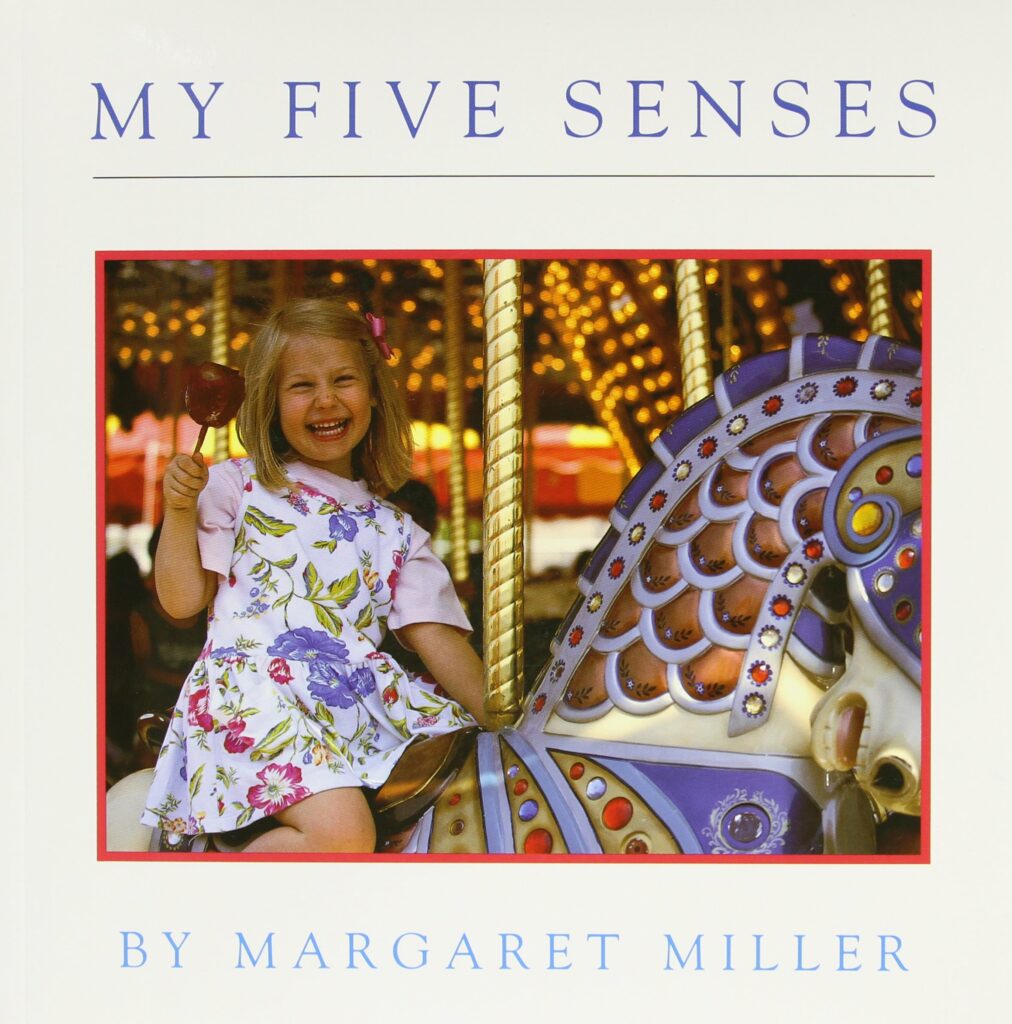
The world can be explored and understood through the five senses. “My Five Senses (Aladdin Picture Books)” by Margaret Miller explains this thought by showing which sense organs are used to see, touch, hear, taste, and feel.
The book explains that children can enjoy the world through their sense organs. It also shows that not everything they can sense is pleasing. For example, the taste of medicine and the smell of garbage.
Use this book for children to learn more about social-emotional learning as they explore their likes and dislikes and those of their classmates.
Have children make a record of their favorites based on the five senses. Let them list their top three favorite scents and their top three least favorites.
For example, children may draw or write flowers, perfume, and fresh bread for their favorites. Garbage, dirty socks, and rotten food might fall into their least favorite category.
Do the same for all the other senses. Let children compare their lists with other children.
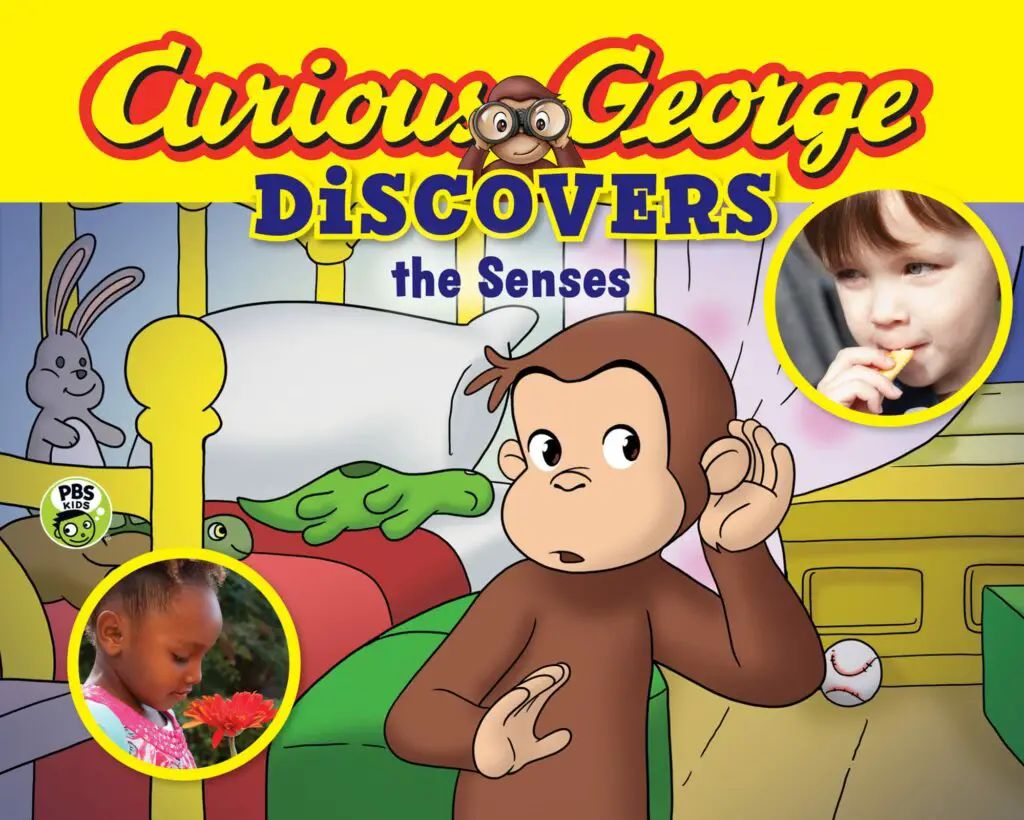
“Curious George Discovers the Senses” by H.A. Rey is about the beloved monkey, George. He tried to help his friend, the man with the yellow helmet instead of a hat, to train for a competition while simultaneously having their house fixed.
Curious, George discovered so many different things that kept him and the man awake at night, such as the sound of the bats.
Use this activity for a science lesson about the five senses. Have a reverse five senses activity for children to have a better understanding and awareness of their senses.
For the sense of sight, blindfold children and have them walk a distance toward your voice. Eliminating their vision will help them compensate by using their sense of hearing.
Eliminate their sense of hearing by playing charades. Letting children guess a word through movements will help them pay attention to their sense of sight.
Extend this activity by discussing the different animals which lack a certain sense but compensate with another. Explain how these animals survive through adaptation.
For example, bats, as mentioned in the book, have poor eyesight but have a fantastic sense of hearing. An armadillo has poor vision and hearing but has an excellent sense of smell that helps it find food.
Conclusion
Learning about the five senses will help children comprehend the world around them. This valuable lesson enables children to create mental images through the information perceived from the different sense organs.
We encourage you to include these books as you plan your lessons for this theme. These will surely make your lessons lively and engaging.
Thank you for reading!
People Also Ask
Children will understand the world through their five senses as they learn more about it. The eyes, nose, ears, tongue, hands, and feet are essential to understand the information they acquire.
Educators need to understand that this theme should be given prime importance for young children so that they become perceptive and knowledgeable in a world filled with much different information.
The five senses are a vitally important theme. It requires children to understand what things are-their form or texture, look, feel, smell, and taste. A multi-sensory approach to this topic is always ideal for young children.
Understanding the differences and similarities of this information will help children become more aware of how their bodies work and how the sense organs will help them recognize different things.
Encourage children to participate in highly experiential activities requiring them to explore with their five senses. Include books to make lessons more informative. Point out essential concepts and ideas as the basis for other activities.
Use games and other activities that require active participation to make it fun and engaging. Create awareness by encouraging children to try new textures.
Include some experiments that will lead them to grasp the ideas fully. Reward children whenever they participate in encouraging them to try new things as often as possible.


